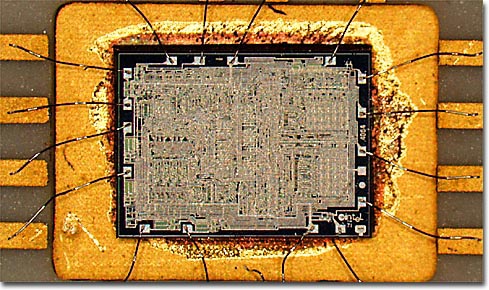|
Founded in 1968 by Robert Noyce and Gordon Moore, who had already invented the integrated circuit and who were soon united with Andrew Grove, Intel has been a innovational leader in the computer industry since its beginning. In 1971, Intel introduced the 4004, the first microprocessor ever created. The tremendous impact this achievement would have on the future was little realized at the time, however. In fact, the chip was supposed to be a special-purpose component for a calculator to be sold by the Japanese firm Busicom, but Intel engineers decided it would be best to create a general-purpose design than one that could only be used for a single product. The device that the team created could do everything the calculator firm required and more, but was originally received with little enthusiasm by the company. Though over 100,000 of the Japanese calculators containing the 4004 were sold, Busicom relinquished the exclusive rights to the chip to Intel for only 60,000 dollars. Despite its limitations and 4-bit processor, the Intel 4004 eventually achieved a certain amount of notoriety when it was utilized on the Pioneer 10 space probe, which was launched in 1972, and is today recognized as a milestone in the development of modern computers.
|
